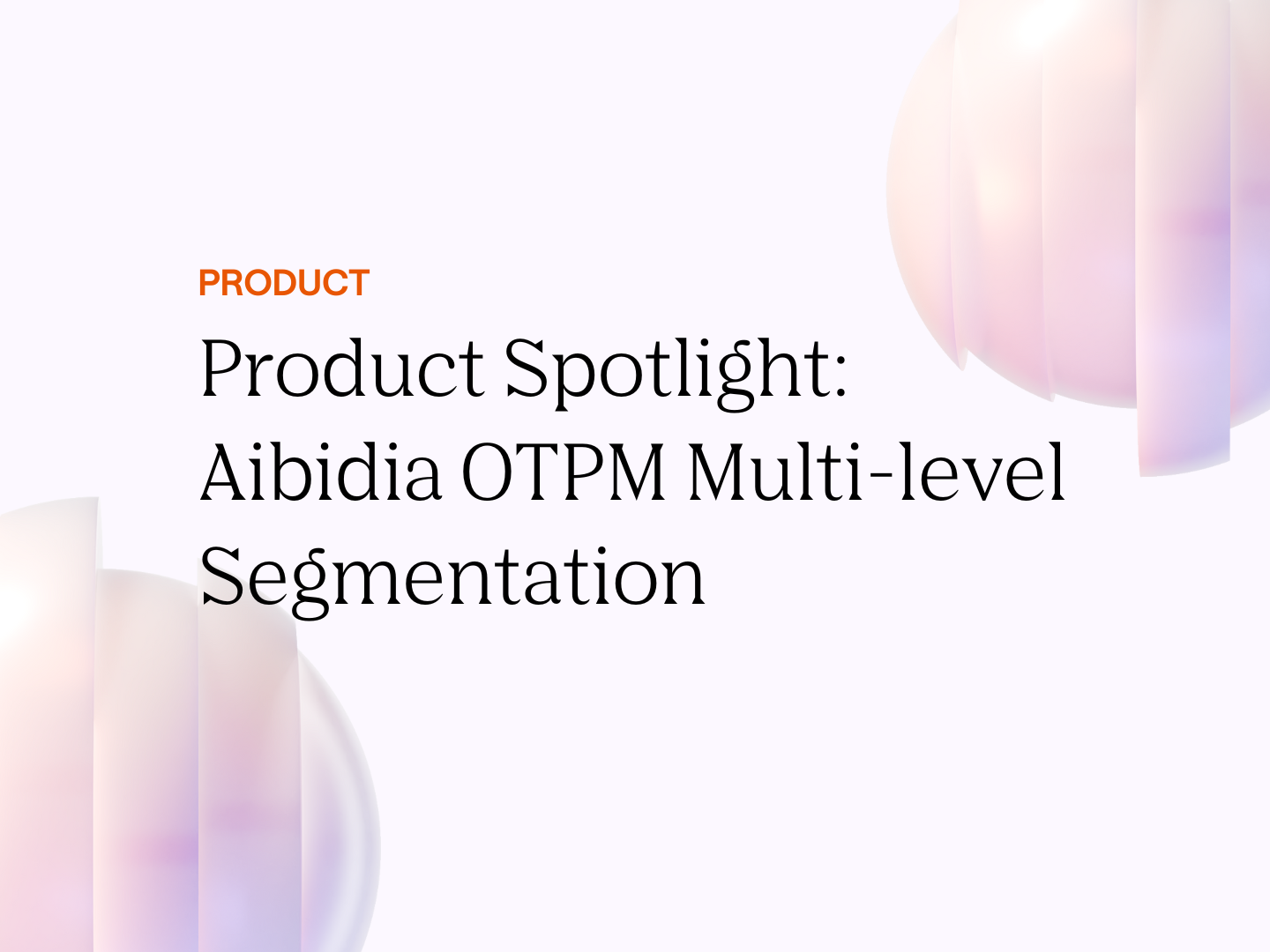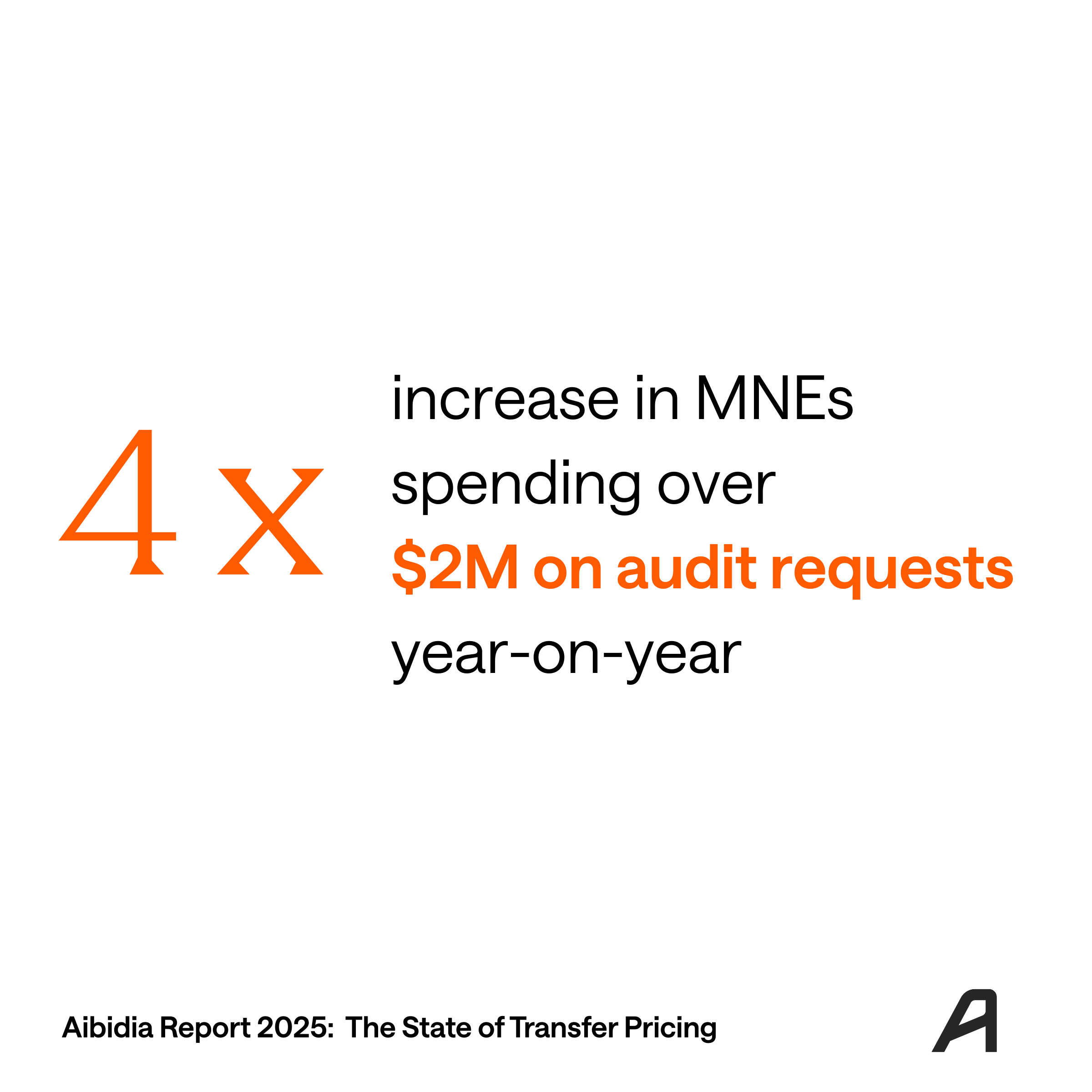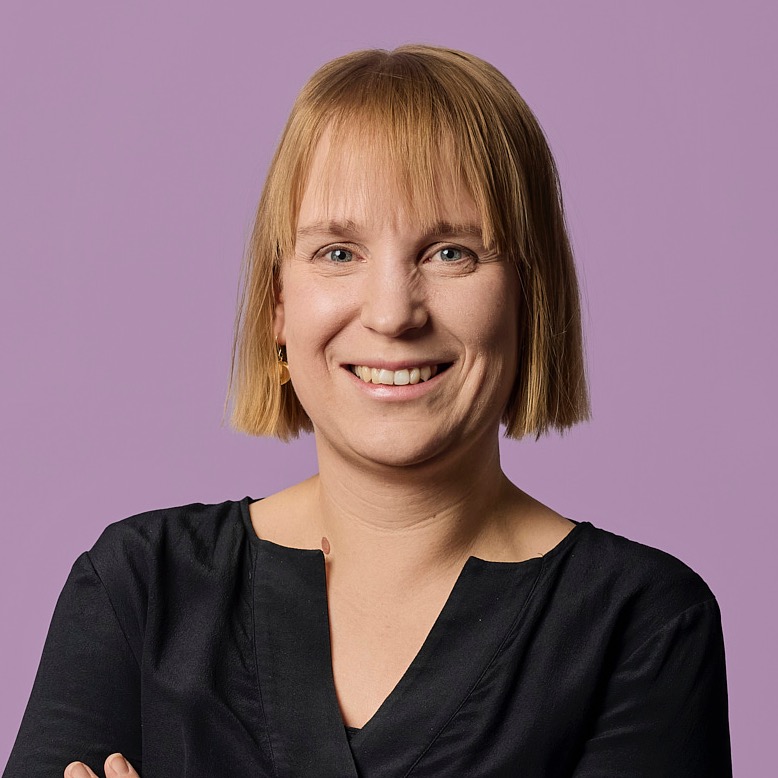As we discussed some time ago in another blog post, implementing an operational transfer pricing solution can help bring your efficiency and level of control to the next level. However, while digitalization and automation are clearly the future of transfer pricing (and, broadly, cross-border business management), there is always a question - where do you start and how to prioritize various digitalization options?
That’s why we decided to discuss the options every company has and what are the pros and cons of choosing operational transfer pricing as a priority.
Transfer Pricing Automation: a traditional approach
Traditionally, most transfer pricing automation players (such as Big-4 and more niche IT companies) were building solutions for transfer pricing documentation generation. In most of the cases, these solutions were solving only a limited set of problems, addressing the following areas:
- Generating standard reports
- Increasing centralization and transparency
- Gaining efficiency and reducing time spent
- Central data management
Moreover, many TP tools available on the market are point solutions that deal only with one element of the transfer pricing lifecycle (i.e., documentation) while ignoring the rest.
The reality is that the value obtained by automating just TP documentation is often limited and the value lies in other stages of the transfer pricing lifecycle.
Operational Transfer Pricing Automation: natural next step
In the second half of the 2010s, many multinationals realized that the real issues (and, therefore, potential value if you solve them) lay within the operational transfer pricing field. And the focus shifted toward streamlining OTP processes and their automation. Moreover, it seems that the digitalization of operational transfer pricing first makes more sense:
- OTP usually involves monthly (or even weekly) processes. For example, most companies do price setting, monitoring, and adjustments every month, in contrast to TP documentation that is prepared once per year. Therefore, if you can automate OTP, potential benefits are 12x higher than with the TP documentation compliance automation.
- OTP is less judgemental and is based on quantitative data. While TP documentation requires a significant amount of qualitative information (i.e., functional analysis), OTP is much more data-driven. And the current state of technology makes automating quantitative information easier.
- OTP requires less transfer pricing expertise. While the core of transfer pricing is about economic analysis and selecting appropriate methodologies, OTP is much closer to classic accounting and finance. This means that OTP can be done by someone without deep transfer pricing expertise.
Nevertheless, certain blockers make digitalizing and automating OTP somewhat challenging:
- OTP is a large field. While an outcome of TP documentation automation is relatively standard (automated generation of TP compliance documentation), OTP is much broader and includes various areas - such as price setting, monitoring, adjustments, etc.
- Everyone does OTP differently. Depending on the industry, size, type of transactions, transfer pricing policies, and a few other factors, OTP can be done vastly differently. Also, priorities within OTP are not the same for everyone - for some companies, P&L segmentation is a crucial problem, while for others, cost allocation is a pressing issue.
As a result of these problems, the market is currently in a situation where there are no good standard OTP applications, and most companies end up with tailor-made solutions leading to costly and extensive IT projects.
End-to-End Transfer Pricing Digitalization: Aibidia’s way
Aibidia has recognized the above issues already years ago. From different projects, we took the learnings and best practice to arrive at our approach to transfer pricing digitalization.
First of all, we strongly believe that building isolated tailor-made solutions is not bringing the value customers deserve. Therefore, our fundamental principle is that all applications (both dealing with TP documentation and operational transfer pricing) should be integrated and use the same data model.
Secondly, we always think about how we to offer the best option for the client. Sometimes, an extensive and customized fully-automated solution is needed. However, often a more standardized module with best practice methods and semi-automated data loads does the job without needing a big IT project. While building customized solutions, we either integrate features into our flagship products or standardize OTP applications and turn them into SaaS (software-as-a-service).
And thirdly, our ultimate goal is to build an ecosystem and a marketplace so that our users can develop and exchange their own transfer pricing apps. We believe this is the future of digital transfer pricing, and we must build tools and instruments that allow anyone to create such solutions themselves.

And this approach clearly works - check out this case study where one of our clients, Kemira, share their experience in building an end-to-end transfer pricing system.
If you are interested in joining our journey as a solver of transfer pricing issues, have ideas on OTP apps, or need help building a custom solution that can scale, reach out to us!







.png)

.png)

.png)
.png)






.svg)
